
Physicians caution that amid a desire to put an end to the Covid-19 pandemic, developers of drugs and vaccines have become overly enthusiastic about the chances their products will work. Several vaccine developers have issued statements looking into the future — setting possible timetables for study completion and vaccine manufacturing.
Biotech company Moderna said early trials of their coronavirus vaccine show promising results as volunteers developed antibodies against the virus. Eight people took part in the study. The company, which is developing the vaccine with the National Institutes of Health, says it will move on to larger-scale trials and that a vaccine could be made available as soon as January. Moderna is collaborating on its vaccine development with the National Institute of Allergy and Infectious Diseases. Dr. Anthony Fauci, the director of NIAID, said while Moderna’s numbers were limited, “it was good news” and he was “cautiously optimistic” about the vaccine.
According to the World Health Organization (WHO), there are currently over 100 vaccine efforts underway around the world. There are 10 vaccines in human clinical trials worldwide. There are four teams in the United States: Moderna, Pfizer, Inovio and Novavax. Five Chinese companies have vaccines in human trials. University of Oxford is the only team in Europe currently running trials. Inovio and Moderna have said they expect their large-scale clinical trials, known as Phase 3 trials, to last around six months. Pfizer hasn’t given a timetable for its Phase 3 trial. Worldwide, there are 114 more candidates in pre-clinical trial stages.
One big stumbling block for any vaccine trial is that Covid-19 infection rates in many areas of the world are flattening out or declining. The point of Phase 3 is to vaccinate people and then see if they naturally become infected, and with lower rates of circulating virus, the study subjects are less likely to be exposed to the virus in the first place. For a vaccine clinical trial to be successful, there needs to be sufficiently high levels of the virus circulating in the community. If there isn’t enough virus around, it will be impossible to tell if the vaccine protected the study subjects, or if they were just never exposed to the virus.
The global effort to develop a vaccine is just the beginning of this race. It also takes time to ramp up vaccine production and deciding how it will be distributed will be difficult in a world of more than 7 billion people. New drugs and vaccines traditionally go first to the wealthiest countries and that’s the expectation in this case as well. But the exact order could depend on where the vaccine is first developed and what that countries priorities are in distribution. Wealthier countries have been hit hardest by the virus so far. But in many of these nations, COVID-19 cases are leveling off or declining, while they are rising rapidly in the developing world, including countries such as India, Brazil and Peru. Nations and drug companies are likely to face a range of conflicting pressures with the need to provide the vaccine at home and intense scrutiny to share it widely, fairly and cheaply abroad.
Read more
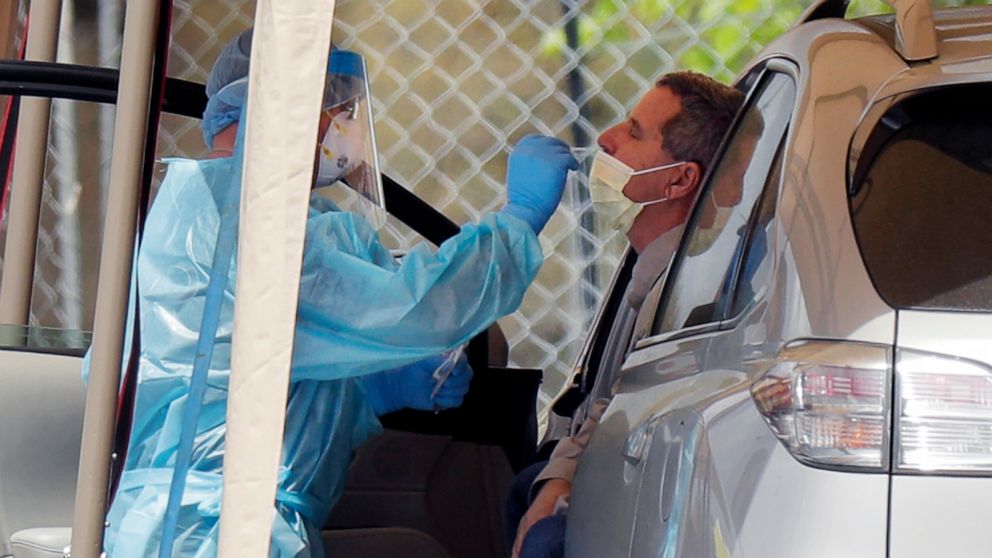
As many states slowly reopen, a pair of studies predict the COVID-19 outbreak is set to become far deadlier in the United States. A draft Federal Emergency Management Agency report forecasts that daily coronavirus deaths in the United States would rise to 3,000 people a day by June 1 — that’s a 70% increase over the current figure. Separately, the Institute for Health Metrics and Evaluation at the University of Washington estimates the U.S. death toll will reach around 135,000 by August in the United States.
The U.S. death toll from the coronavirus outbreak has topped 75,000 and is projected to keep rising in the coming weeks. The official coronavirus death toll worldwide has topped a quarter of a million, with over 3.6 million confirmed cases. The United States makes up close to one-third of confirmed cases and a quarter of known deaths, even though it represents less than 5% of the world’s population.
Over half of U.S. states have relaxed, or are preparing to loosen, social distancing and other restrictions but it has not been a smooth transition. In Georgia, more than 120 Atlanta restaurants have refused to open, saying it is not safe to do so despite Georgia Governor Brian Kemp’s lifting of the state’s shelter-in-place order. In Miami Beach, the governor had to close a popular park — just five days after reopening it — after thousands failed to adhere to new rules requiring social distancing and wearing a face mask.
Meanwhile, we continue to learn more about the virus globally as scientists and doctors try to create a vaccine. A French hospital says they treated a COVID-19 patient as early as December — a month before the government confirmed its first cases. A preliminary new study finds the novel coronavirus that first emerged in China mutated in Europe in February to become more contagious, speeding its spread around the globe. The authors of the study said they released their findings early so that people working on vaccines could see their results.
US Researchers say the novel coronavirus silently spread in the United States earlier than previously thought as well, infecting tens of thousands of people in New York and other major cities before the first US case was confirmed on January 21. A new model by the Network Science Institute at Northeastern University in Boston shows the first infections came from China in early or mid-January, and that the virus went undetected because many people were not presenting symptoms or were misdiagnosed because US doctors had not seen the virus first hand yet.
The model suggests that while Americans were still focused on China, about 28,000 people in major cities — such as New York, San Francisco and Seattle — were infected by March 1. Santa Clara County officials announced that tissue samples confirmed two people who died in early February tested positive for coronavirus. That month, a number of physicians saw patients, without travel histories, who had flu-like symptoms.
Several states, including California and Indiana, have been retracing their coronavirus timelines after discovering that the highly infectious disease started killing people earlier than previously known. These discoveries have emphasized just how much about this pandemic remains unknown. Four months since the novel coronavirus was first discovered in Wuhan, China, experts worldwide still do not fully understand how the virus started, how it impacts the body or what treatments are effective.
Read more
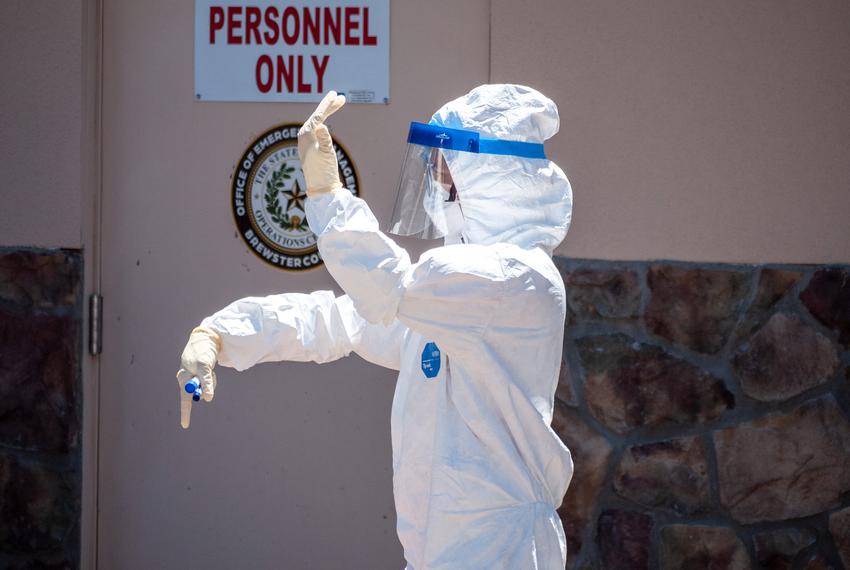
In just a few months, Covid 19 has spread across the globe and left in its wake a trail of social paralysis, economic ruin and even death. While states across the US issued stay at home orders to slow their healthcare systems from being overrun, other states like New York, weren’t so lucky. As some U.S. states start to lift pandemic-related restrictions on businesses and public spaces, there is a fear that infections will resurge in those places — and that if that happens, the virus won’t stay put.
Crystal Watson of the Johns Hopkins Center for Health Security said “I do believe we are going to see additional surges of cases from this epidemic that will not be contained within a state. Neighboring states and perhaps states across the country and countries across the world are going to have cases imported from those outbreaks.” Experts say the problem is that diagnostic testing remains so limited that a second surge of cases could silently build. The nationwide goal of conducting 2 million tests a week is below what most experts say is needed to adequately track the virus and that plan won’t be in place until at least the end of May.
No one knows how quickly and how expansively the spread of the virus will pick up as states roll back restrictions, and governors are generally outlining gradual changes. The incubation period of 2 to 14 days coupled with the turn-around time of test results in some areas taking a few days, means we just have to wait and see if reopened states will experience a surge in cases. More than half the states have relaxed restrictions but experts say it will be at least two to three weeks before we see an increase in the number of infections because it takes time for individuals to infect others and for them to display symptoms.
Public health experts warned of the possibility of spikes before states made the decision to reopen. Even as their predictions prove true in some states, others are still moving forward with plans to reopen. Proponents of relaxing social distancing restrictions also point out that spikes in positive cases are to be expected with expanded testing.
In Georgia, gyms, salons, and restaurants are operating with limits. In Colorado, retail stores can have curbside pickup and elective surgeries are back on. And starting tomorrow, malls, theaters, and restaurants in Texas can open with 25% occupancy. These and other states have plans for further easing of distancing policies as long as case counts don’t spike. If these states do see spikes they may have to roll back the restrictions as needed.
Read more
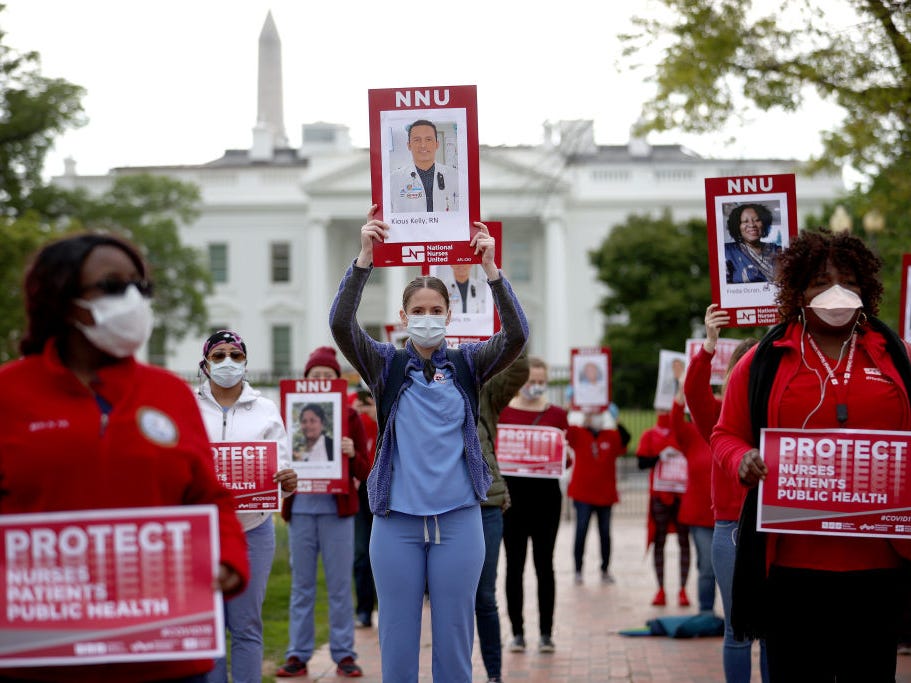
Dozens of nurses held a protest and vigil outside the White House reading the names of 50 healthcare workers who have died after becoming infected by the coronavirus on the job. The protest was organized by National Nurses United, which is demanding the Occupational Safety and Health Administration require adequate personal protective equipment for healthcare workers.
The Centers for Disease Control and Prevention reported 9,200 healthcare workers have tested positive for COVID-19, though the CDC admits the true rate is likely much higher. CDC data shows that 73% of the health workers falling ill are female and their median age is 42. US officials also say they have no comprehensive way to count those who lose their lives trying to save others. A limited CDC infection tally said 27 healthcare worker have died but stressed that the count was drawn from just 16% of the nation’s Covid-19 cases, so the true numbers of healthcare infections and deaths are certainly far higher.
Some states, including Ohio, have reported rates of healthcare worker illness as high as 20% but have not revealed data at the county, city or hospital levels. One health system, Henry Ford in the Detroit area, reported that more than 700 employees tested positive for Covid-19. Yet they have declined to say how many workers died, as in Ohio, to protect patient privacy. Media reports have shown case after case of healthcare workers across the US saying they do not have adequate protective gear to keep from getting sick.
The New York State Nurses Association filed a lawsuit the New York Department of Health and two hospitals Monday for their failure to provide adequate safety measures at the start of the coronavirus crisis. The lawsuits alleges the failures of Gov. Andrew Cuomo’s administration and the two hospitals for not providing sufficient protective equipment, like masks and gowns. NYSNA executive director Pat Kane said that more than 70% of her nurses reported being exposed to the dangerous disease and that most are still untested.
Media outlets revealed last month that at one of the hospitals named in the suit, a shortage of gowns was so dire that nurses battling the coronavirus pandemic at Mount’s Sinai’s Midtown West hospital resorted to wearing trash bags over their uniforms for protection. One of there coworkers, a beloved assistant nursing manager, Kious Kelly, died from the coronavirus. At the time of her death, Mount Sinai insisted there was no shortage of PPE.
Read more

Two research teams in California started the first large scale community testing for Covid 19 antibodies The testing of 3,300 people in Santa Clara County found that 2.5 to 4.2% of those tested were positive for antibodies — a number suggesting a far higher past infection rate than the official count. Based on the initial data, researchers estimate that the range of people who may have had the virus to be between 48,000 and 81,000 in the county of 2 million — as opposed to the approximately 1,000 in the county’s official tally at the time the samples were taken.
While the initial findings suggest that the number of those infected is much higher, it also means the fatality rate is lower than originally thought. As more tests are done, we’ll have a better idea of how many were infected and what the fatality rate is. The results also suggest more research and analysis is needed to know how many people who tested positive for antibodies never knew they had the virus because they had no symptoms.
Antibody testing has been touted by public health experts and governors in many states that have extended stay at home orders, as a tool to help determine when Americans can get back to normal life. The tests can determine not just whether someone has recovered but whether a person has been exposed to the virus in the past.
While there is no guarantee of total, long-term immunity even if a person has antibodies, doctors hope that those who do have them may have some degree of immunity protection. Experts hope that could be a tool to help determine who could potentially more safely re-enter the workforce — and just as importantly — when. Public health experts are calling for more antibody tests and, until the U.S. has more widespread testing and contact tracing, say they still believe social distancing is a cornerstone to controlling the pandemic.
States across the US have extended stay at home orders and many have said they can safely reopen once they have the capability to do widespread antibody testing. Scientists say the tests will be critical in the weeks and months ahead, when they may be used for disease surveillance, therapeutics, return-to-work screenings, and more. But the tests must be deployed appropriately, they added, and with an acknowledgment of unanswered questions.
Read more
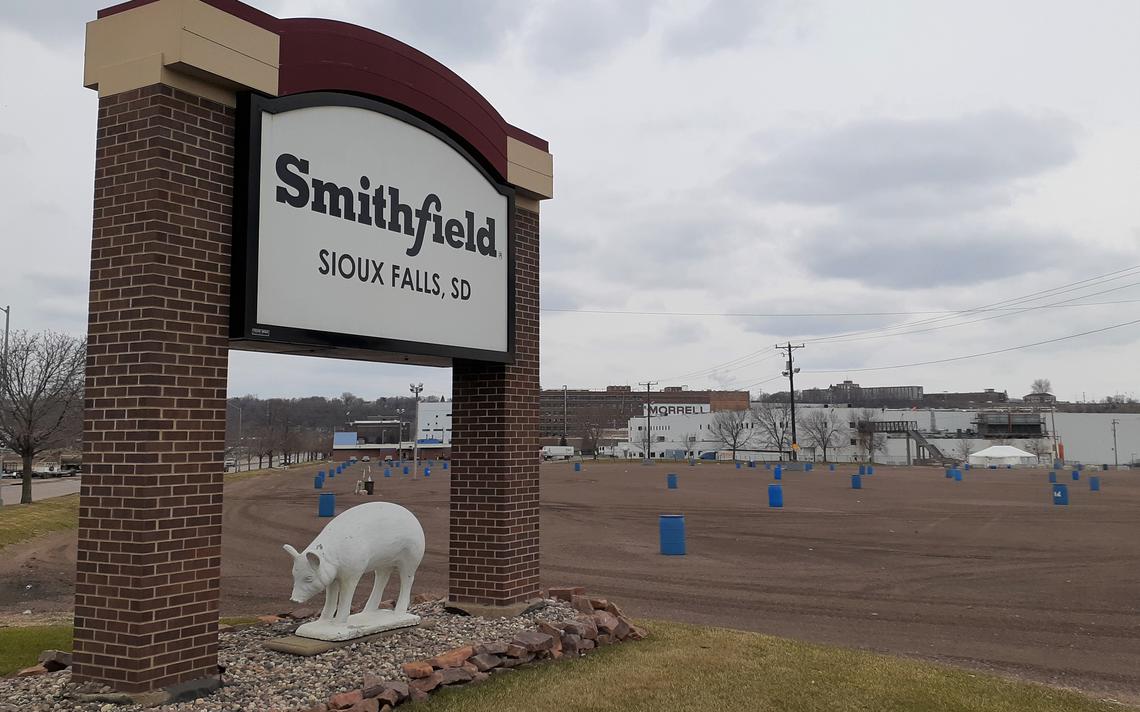
The coronavirus outbreak has hit workers in the food processing industry hard, with meatpacking plants reporting explosions in coronavirus cases. In Sioux Falls, South Dakota, a Smithfield Foods pork processing plant that employs 3, 700 people closed down indefinitely after the mayor put pressure on the CEOs to shut down for two weeks as the virus continued to spread through the plant.
The mayor spent two weeks asking them to shut down to no avail with daily reports of more workers becoming infected. He finally forced their hand by releasing a letter, signed by the governor, requesting that the plant shut down and released it to the press. At the time of the closure, the plant had 238 workers that tested positive. Now, just 3 weeks after their first worker tested positive, there are more than 700 workers who are confirmed to have Covid 19 and another 143 infections that were traced to them. The number of confirmed cases from the Smithfield plant represent 55% of the states’ cases.
Cargill Meat Solutions, a 900-worker plant in Hazleton, Pa., that packages meat in plastic for supermarket shelves in Pennsylvania and surrounding states, shut down temporarily as 130 hourly workers have tested positive for COVID-19 and a rash of employees called out sick. Three other Pennsylvania plants closed due to the virus. According to a union rep, JBS Beef in Souderton, CTI Foods hamburger-grinding plant in King of Prussia and Empire Kosher Poultry Inc. in Mifflintown are all closed amid outbreaks among employees. A 70-year-old union steward at the JBS Beef slaughterhouse in Souderton died on April 3 from respiratory failure brought on by the pandemic virus.
Meat-processing plants across several other states including Colorado, Iowa, and Nebraska are reporting COVID-19 outbreaks. A federal food inspector in New York died from the disease last month. Some companies are temporarily closing to sanitize facilities while also boosting hourly pay and offering bonuses to workers in an “essential” industry. Cargill said it would reopen its Hazleton plant as soon as it is safe. In late March, Cargill and the United Food and Commercial Workers negotiated a $2 per hour raise for shifts worked between March 23 and May 3. JBS Beef employees will be eligible for a one-time $500 bonus on May 15.
The World Health Organization, the U.S. Food and Drug Administration, and the Centers for Disease Control and Prevention say COVID-19 cannot be spread through food. It’s an “unstable virus” that is mostly spread through sneezing and person-to-person contact. Stomach acids also mostly neutralize the virus if it’s eaten as well.
Read more

The coronavirus pandemic continues in almost every corner of the globe, with the number of confirmed COVID-19 cases worldwide surpassing 1 million people — though the true number is certain to be far higher due to a critical lack of testing globally. The largest number of cases is in the United States with over 350,000 confirmed. Over 10,000 people in the US have died of Covid-19 as the virus continues to spread.
In Europe, COVID-19 has pushed hospitals across the continent past their breaking points. Spain has reported over 120,000 cases and their death toll topped 10,000. In the U.K., London’s ExCeL convention center has been converted into an enormous field hospital with plans to treat up to 4,000 COVID-19 patients. Over 2,300 people have died from the disease across the U.K.
In Italy, there are over 100,000 confirmed cases and their COVID-19 deaths have topped 15,000. It’s been reported that Italy’s true toll is far higher because the country can’t spare the resources to test every dead body. U.S. Vice President Mike Pence said models predict the United States faces a trajectory of COVID-19 deaths similar to Italy’s. The computer model used by the White House projects close to 82,000 COVID-19 deaths in the United States by August 4, assuming the country implements full social distancing until the end of May.
The 81,766-death projection is a slightly less grim figure than the 93,531 cited earlier by the administration. The model projects that the country may need fewer hospital beds, ventilators and other equipment than previously estimated, and that some states may reach their peak of COVID-19 deaths sooner than expected. Not all states are using the federal government’s forecasting model.
While the White House projects that coronavirus cases in the nation’s capital would peak later this month, the local Washington, DC government is relying on a different computer model that says it won’t peak until late June or early July. Health experts warn against early optimism and say it’s best to prepare for worst case scenarios.
Experts say that pandemic modelling is almost never precise and the Covid-19 pandemic, the uncertainty in the projections is because of lack of access to good data coupled with the fact that we just don’t know enough about the coronavirus. Another factor that adds to the uncertainty is how people will behave and what kinds of policies will be enacted to change contact patterns in the weeks and months ahead. The ranges estimated really depends on how much people actually adhere to social distancing policies and how quickly these policies are issued.
Read more
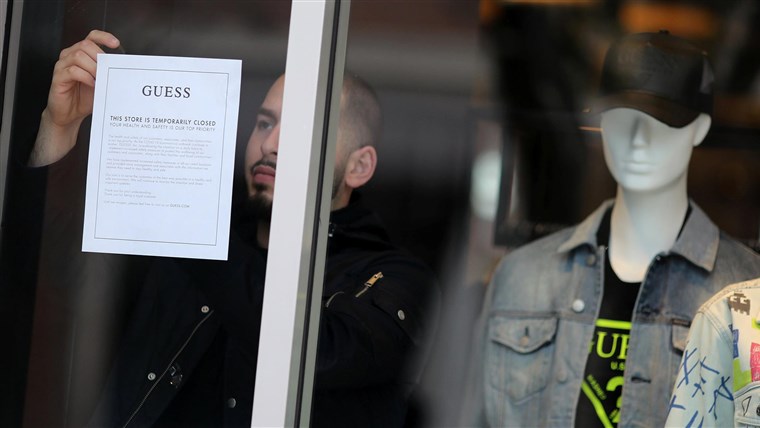
As concerns about the coronavirus rippled across the globe, the US president declared the Covid-19 outbreak a national emergency as public life in America continues to grind to a halt. Schools have closed to millions of students, creating anxiety for working parents across the country. Travel bans have been widened and some cities across America have issued curfews or “shelter in place” orders to slow the spread of the virus. More “shelter in place” orders are expected as the number of confirmed cases continues to rise and has now been found in all 50 states.
Shelter in place orders will come from local government rather than federal. A growing number of countries have also imposed lockdowns that effectively shut down public life, but the details of such lockdowns vary dramatically. Italy banned all public gatherings and set a 6 p.m. curfew but allowed travel for work or health reasons, while in China, millions of residents are restricted from even going to shop for groceries.
The “shelter-in-place” order that San Francisco adopted has fairly large exemptions for health, work, food and even exercise. City officials ordered residents to remain in place at their homes except for essential activities, essential business, and essential government functions, including tasks essential to maintain health and safety, such as obtaining medicine or seeing a doctor or getting necessary services or supplies for themselves or their family or household members, such as getting food and supplies, pet food and supplies necessary for staying at home.
The order also includes:
- Engaging in outdoor activity, such as walking, hiking or running provided that they maintain at least 6 feet of social distancing.
- Caring for a family member in another household.
- Caring for elderly, minors, dependents, people with disabilities or other vulnerable persons.
Treasury Secretary Steven Mnuchin outlined a variety of potential proposals to Senate Republicans as part of a legislative package to help Americans and industries that are reeling from the coronavirus. The administration proposed an initial $250 billion could be sent to Americans as early as the end of April if it can muster congressional approval.
Sen. John Thune noted that getting cash assistance to Americans is something that has historically taken some time, but “I think there are ways now electronically that you can process things more quickly.” The proposal has fairly widespread support from Senate Republicans, who say it will offer immediate assistance to Americans impacted by the virus. Some lawmakers have varying ideas about how the proposal should work, including who should receive the payments and how much each American should get.
Read more










